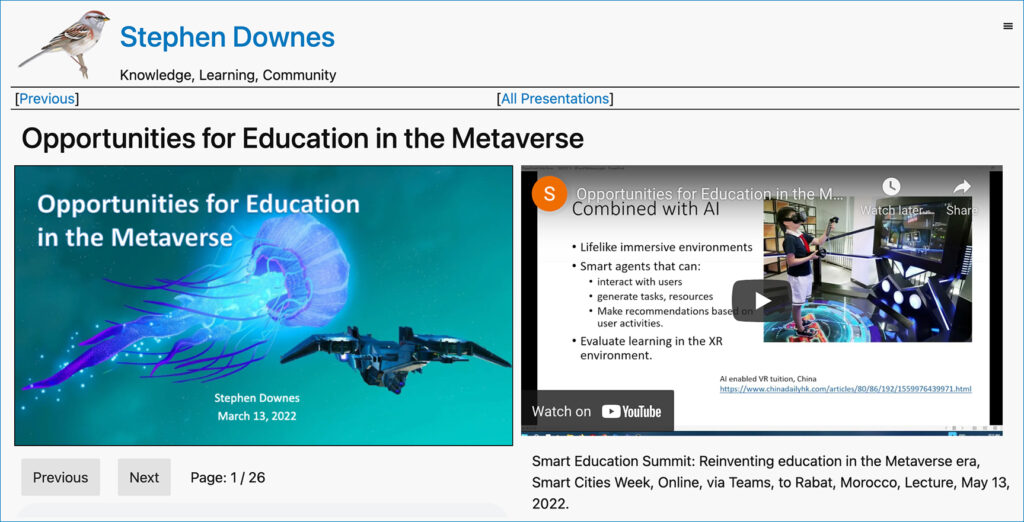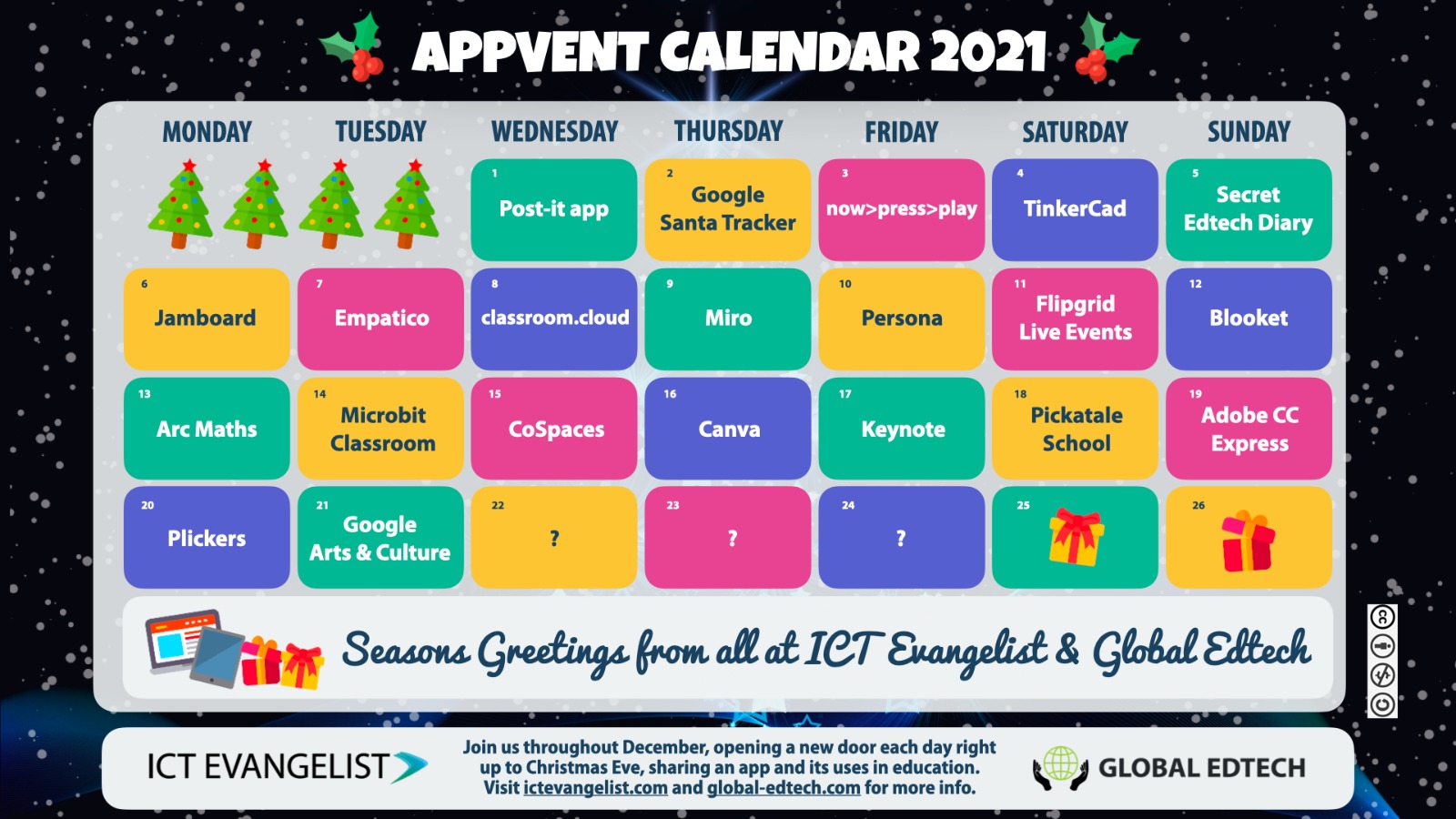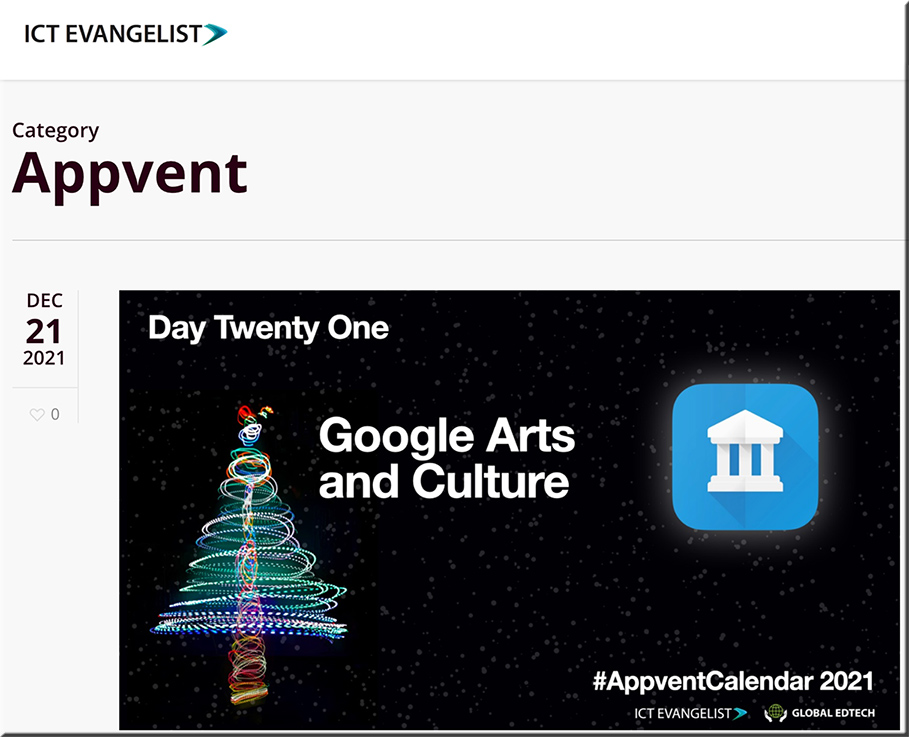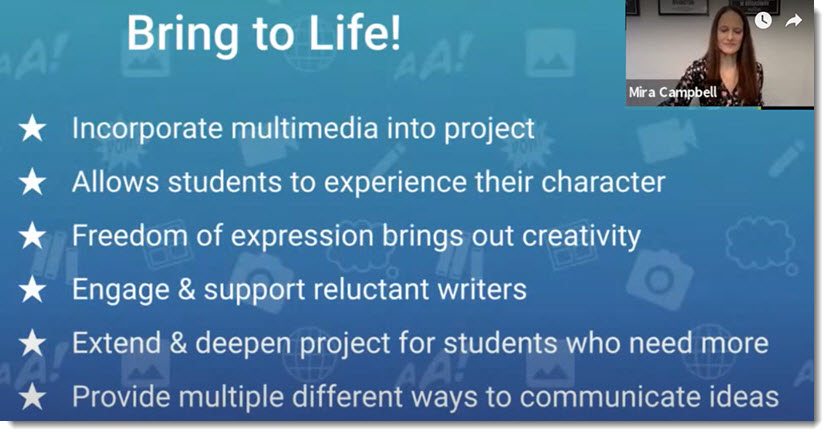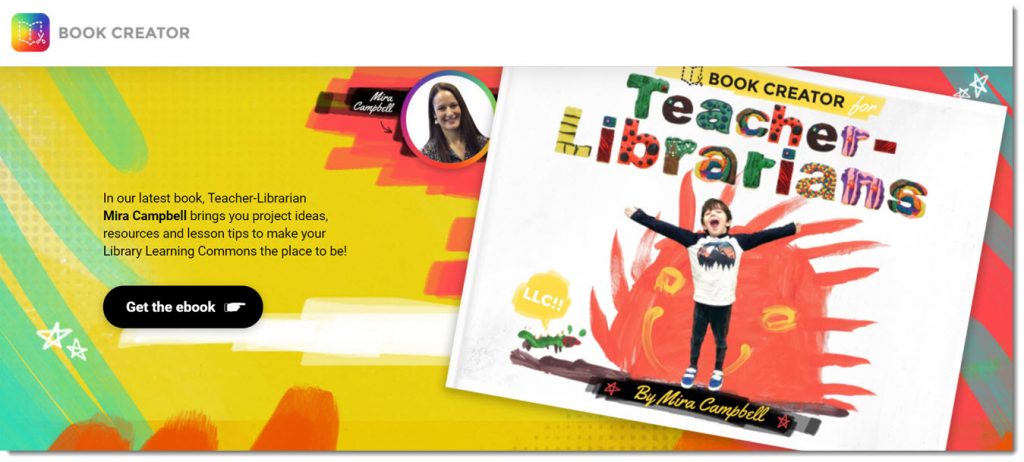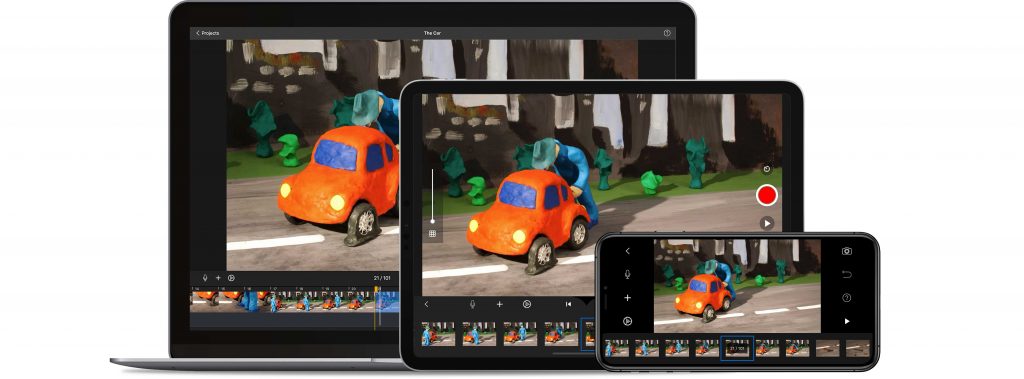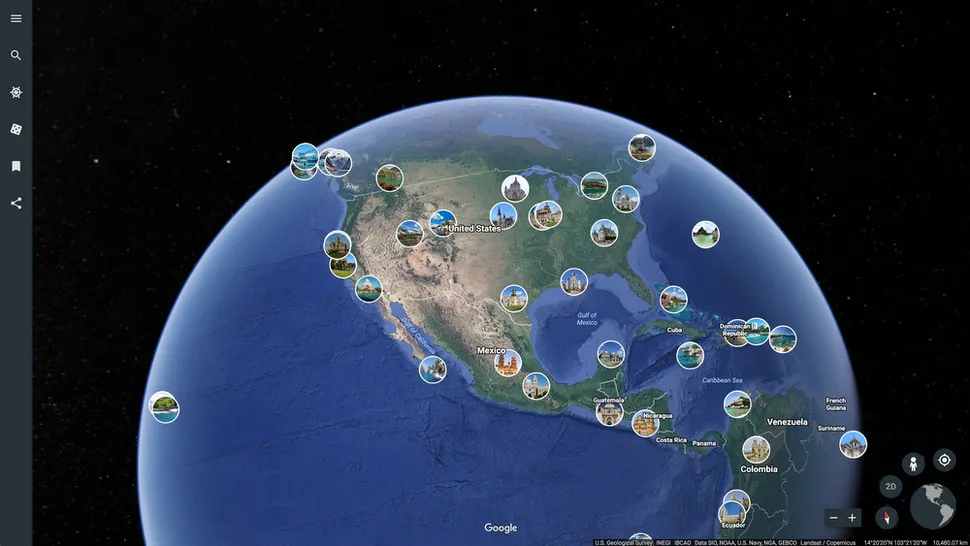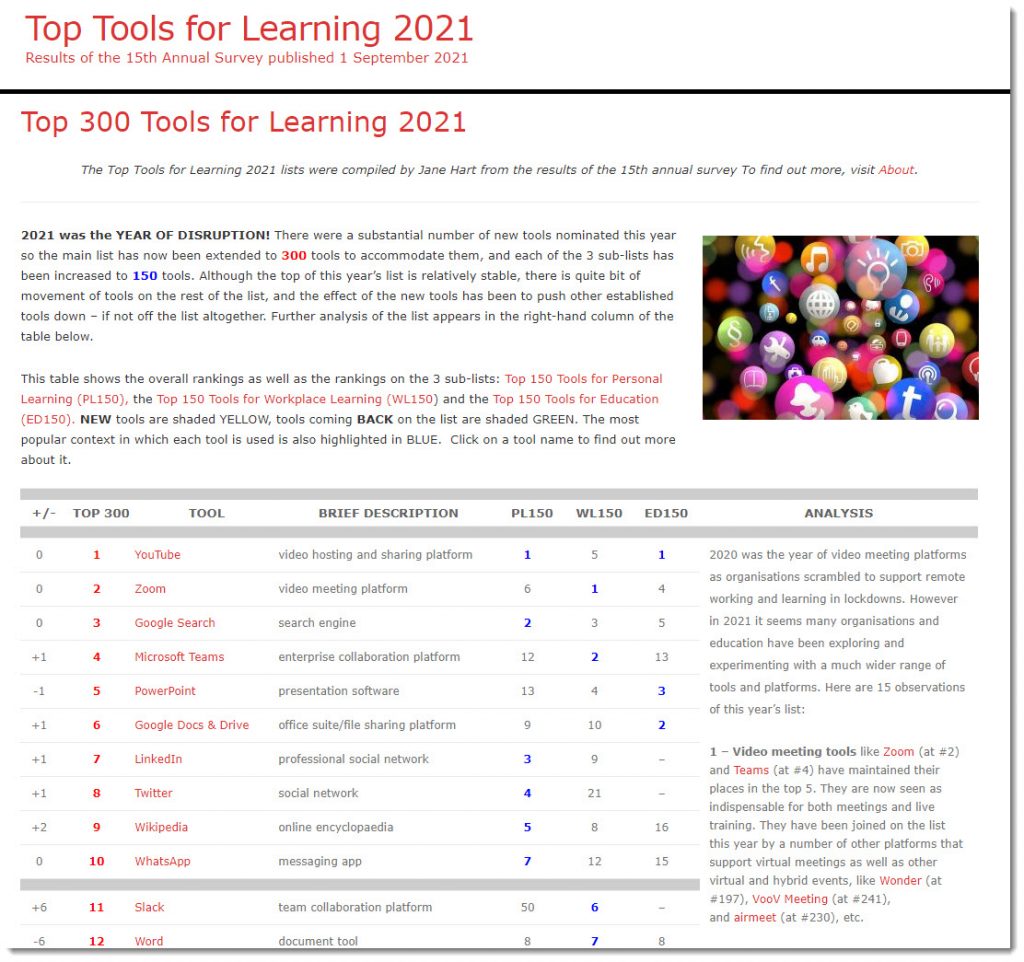Have you followed our NEW Twitter list of cognitive scientists yet? #retrievalpractice https://t.co/aXYIblZ37Y
— Retrieval Practice (@RetrieveLearn) June 7, 2022
Opportunities for Education in the Metaverse — from downes.ca by Stephen Downes
Excerpt:
This short presentation introduces major elements of the metaverse, outlines some applications for education, discusses how it may be combined with other technologies for advanced applications, and outlines some issues and concerns.
Also relevant/see:
What Should Higher Ed in the Metaverse Look like? – from linkedin.com by Joe Schaefer
Excerpt:
The Metaverse is coming whether we like it or not, and it is time for educators to think critically about how it can benefit students. As higher education continues to evolve, I believe every learning product and platform working with or within the Metaverse should, at least, have these functionalities:
Addendum on 5/23/22:
Also from Eva Keiffenheim (on Medium.com, on Twitter), see:
What Most People Get Dangerously Wrong About Building a Second Brain
And how to fix it.
Also relevant/see:
Analysis: 6 Brain-Based Learning Strategies and Study Skills That Help Teens Learn — from the74million.org by Hank Pellissier
Excerpt:
Teens zoning out during Euclidean geometry or citing TikTok influencers in an expository paper doesn’t always mean they are bored or lazy, argues neurologist and teacher Judy Willis, co-author of Research-Based Strategies to Ignite Student Learning: Insights from Neuroscience and the Classroom. “The demands on students are squishing their natural curiosity and joy of learning,” Willis says.
Brain scientists suggest that students absorb information best if they work in what’s known as the flow state. This mindset is reached when their consciousness is fully “in the zone,” entirely focused on activities they find so pleasurable that time flies and all distractions disappear. Try these brain-based learning strategies and study skills that can help teens enter this open state of more productive and enjoyable learning.
From DSC:
Seeing the functionality in Freehand — it makes me once again think that we need to use more tools where faculty/staff/students can collaborate with each other REGARDLESS of where they’re coming in to partake in a learning experience (i.e., remotely or physically/locally). This is also true for trainers and employees, teachers and students, as well as in virtual tutoring types of situations. We need tools that offer functionalities that go beyond screen sharing in order to collaborate, design, present, discuss, and create things. (more…)
Best Cameras for Vlogging in 2022 — from futurism.com
Excerpt:
Whether you’re looking for a camera to start your journey to internet stardom, or would just like to improve your video quality, this list of the best cameras for vlogging will not only capture you as you ham it up, but produce some seriously crisp content that you won’t have to patch up in editing.
Also see:
The Best Vlogging Cameras and Gear — updated in May 2021 — from nytimes.com (Wirecutter) by Geoffrey Morrison and Phil RyanU
The best lighting for video conferencing, according to experts— from blog.webex.com
Contents:
- What is the best lighting for video conferencing?
- Where should the light be for a video call?
- What kind of lighting is best for video meetings?
- What are the best lighting products for a video conference?
- What is the best lighting for video conferencing on-the-go?
- Good lighting means good communication:
Excerpt from this posting:
Welcome to day 21 of the 2021 Appvent Calendar. It’s been so much fun sharing all of these amazing tools each day across the month so far. With Google featuring twice already on the calendar, it’s great to share again the awe and wonder of human history in the arts and within our cultures with the sharing of this amazing free app. Thanks to Gustavo Calderón De Anda for suggesting it!
Also see:
- 14 measurement apps for teaching math & science — from teachthought and Glenda Stewart-Smith
Glenda Stewart-Smith of Surrey School District #36 in Canada, along with TeachThought staff, helped put together this collection of iPhone and iPad apps that offer all of these measuring abilities and more.
Why Do My Webcam And Microphone Not Work? — from techlearning.com by Luke Edwards
Webcam and microphone not work? This is how you can get up and running.
Excerpt:
Webcam and microphone not work? That can be a frustrating situation to be in, especially when you need to teach a class over Zoom or attend a school meeting using Meet. Whatever your video chat platform, without a microphone or webcam working, you’re stuck.
Thankfully, it can often be the case that it’s not a hardware fault with your device but rather a setting issue, which can be relatively easily fixed. So even if you’re in a chat right this minute, frantically scouring the web for a fix and finding yourself here, you may yet join that meeting.
This guide aims to clarify a few areas that should be checked before going into panic mode and heading to your hardware store with the credit card at the ready.
Inspire, Create & Celebrate: 6 Steps to turn your Library Learning Commons (LLC) into a place where students want to be! — by Mira Campbell
Also see/get:
What is Stop Motion Studio and How Does It Work? Best Tips and Tricks — from techlearning.com by Luke Edwards
Stop Motion Studio is a movie maker that’s easy to use and ideal for students and teachers
Excerpt:
Stop Motion Studio is an app that makes turning images into video a fun and educational process for students.
Designed to be easy to use, and with the basics coming free, this is a useful tool to allow students to express ideas in video format. Since it is app-based it can be accessed on personal devices, both in class and elsewhere.
Also see the Stop Motion Studio website:
From DSC:
What if we could quickly submit items for a group to discuss, annotate, and respond to — using whichever media format is available/preferable for a person — like a massive 3D-based Voicethread? What if this type of discussion could be contributed to and accessed via Augmented Reality (AR) and/or via Virtual Reality (VR) types of devices?
It could be a new 3D format that a person could essentially blow all the way up into the size of a billboard. Think, “Honey, I shrunk the kids” type of stuff.
Input devices might include:
- Augmented Reality (AR) glasses
- Virtual Reality (VR) headsets/glasses
- Scanners
- Smartphones
- Tablets
- Desktops and laptops
- SmartTVs
- Other types of input devices
For example, a person could take a picture of a document or something else and then save that image into a new file format that would be vector-based. I say a vector-based file format so that the image could be enlarged to the size of a billboard without losing any resolution (i.e., wouldn’t become grainy; the image would remain crystal clear regardless of how big the image is). I’m thinking here along the lines of “Honey, I shrunk the kids!”
Other thoughts here:
- The files could be accessible online for attendees of classes or for audiences of presentations/webinars
- The files could be displayed on the walls of learning/presentation spaces for marking them up
- One could manipulate the 3D image if that person was using a virtual/immersive environment
- Users should be able to annotate on those images and/or be able to save such annotations and notes
A question for phase II:
Could this concept also be used if virtual courts take off?
Hmmmm…just thinking out loud.
The best webcams for boosting your video quality — from mashable.com by Bethany Allard
A basic necessity in 2021.
Also see:
- The Best Webcams — from nytimes.com by Andrew Cunningham and Melanie Pinola (June 2021)
Zoom product updates showcase the art of the possible for hybrid work — from diginomica.com by Derek du Preez
Zoom’s annual conference – Zoomtopia – kicked off with a number of impressive product updates that highlight how we should be thinking about the future of hybrid work.
Excerpt:
Zoom CEO Eric Yuan kicked off the collaboration vendor’s annual conference – Zoomtopia – with a swathe of product updates that effectively showcase how we should be thinking about the future of hybrid work.
…
What’s clear is that Zoom is thinking well beyond its video call roots and is creating a platform that’s an effective place for people to get work done. Upcoming integrations with the likes of Google Drive and Dropbox are just part of this.
Features such as being able to continuously access and collaborate on content in a meeting, whether that be chats or files, whilst also having call transcriptions instantly accessible within the Zoom client after a call is completed, and having access to Zoom Whiteboard to create visual presentations – and being able to do this wherever you are – gives you an idea of how the vendor is thinking about making remote work as seamless and productive as possible.
From DSC:
The intense competition between vendors like Zoom, Cisco, Microsoft, and others will only benefit all of us in the longer term. Here’s to innovation! Online learning may never be the same again. For that matter, learning may never be the same again.
Google Earth Lesson Plan — from techlearning.com by Stephanie Smith Budhai
Excerpt:
The 3D interactive online exploration platform Google Earth provides a pathway to endless learning adventures around the globe. For an overview of Google Earth and a breakdown of its unique features, check out How to Use Google Earth for Teaching.
Top 300 Tools for Learning 2021 — from toptools4learning.com by Jane Hart
Excerpt:
2021 was the YEAR OF DISRUPTION! There were a substantial number of new tools nominated this year so the main list has now been extended to 300 tools to accommodate them, and each of the 3 sub-lists has been increased to 150 tools. Although the top of this year’s list is relatively stable, there is quite bit of movement of tools on the rest of the list, and the effect of the new tools has been to push other established tools down – if not off the list altogether. Further analysis of the list appears in the right-hand column of the table below.
This table shows the overall rankings as well as the rankings on the 3 sub-lists: Top 150 Tools for Personal Learning (PL150), the Top 150 Tools for Workplace Learning (WL150) and the Top 150 Tools for Education (ED150). NEW tools are shaded YELLOW, tools coming BACK on the list are shaded GREEN. The most popular context in which each tool is used is also highlighted in BLUE. Click on a tool name to find out more about it.









